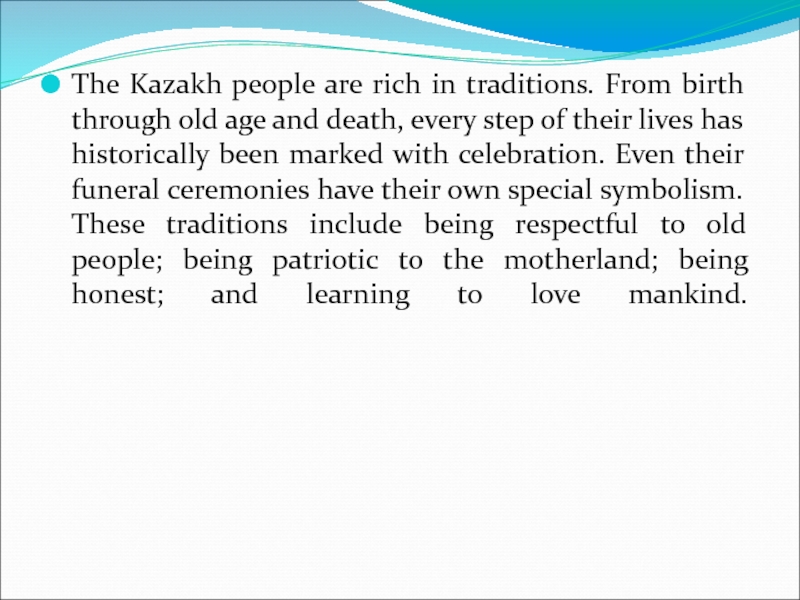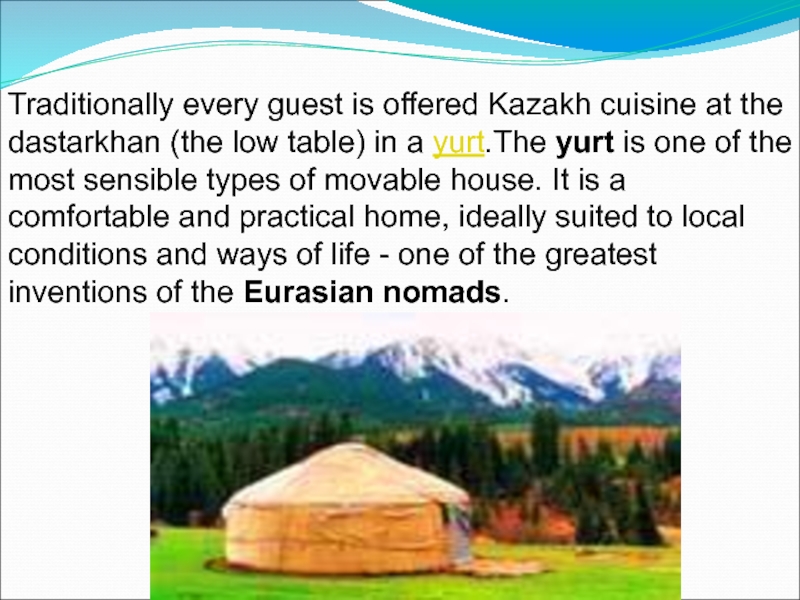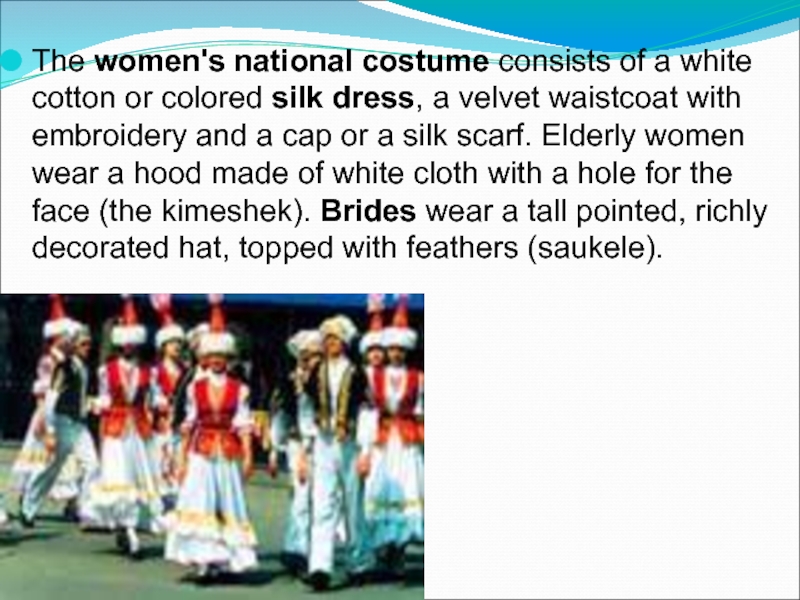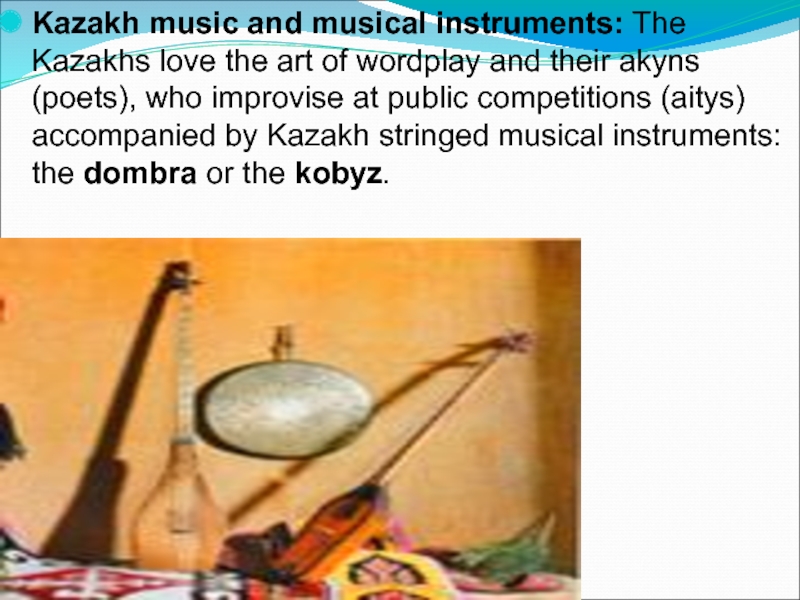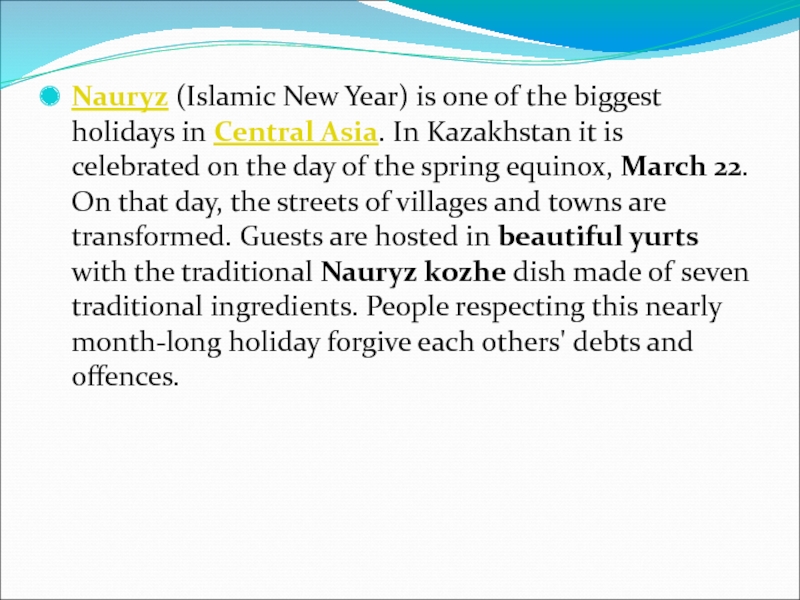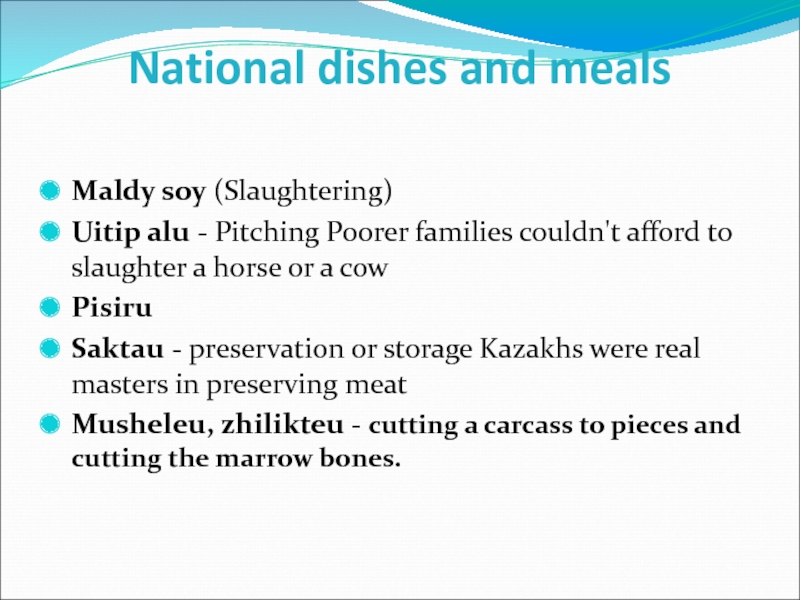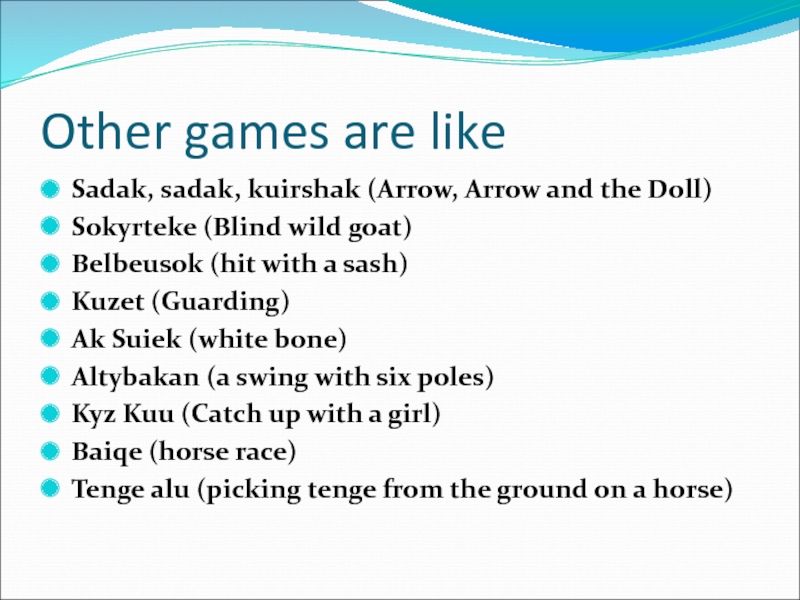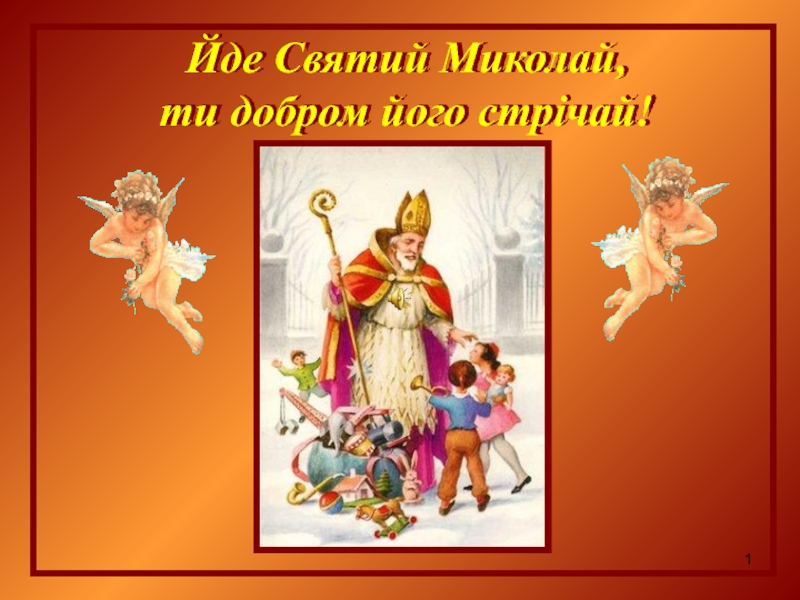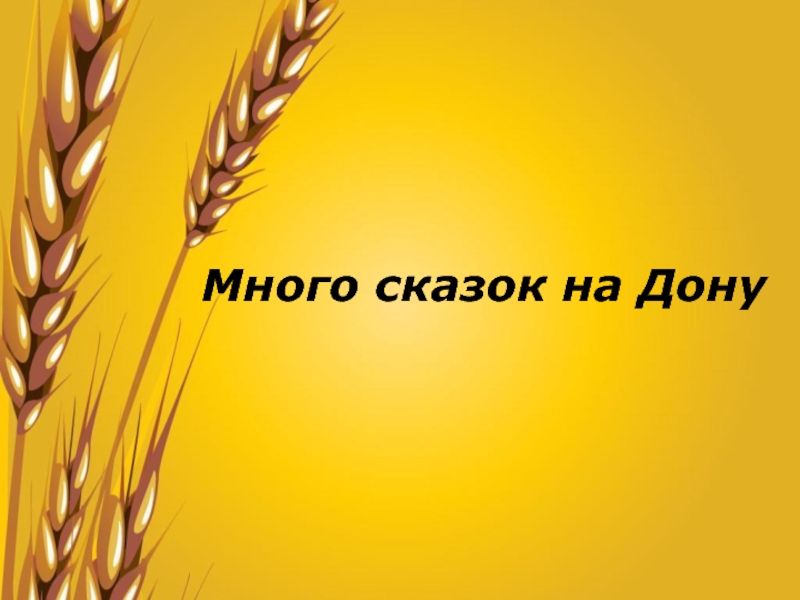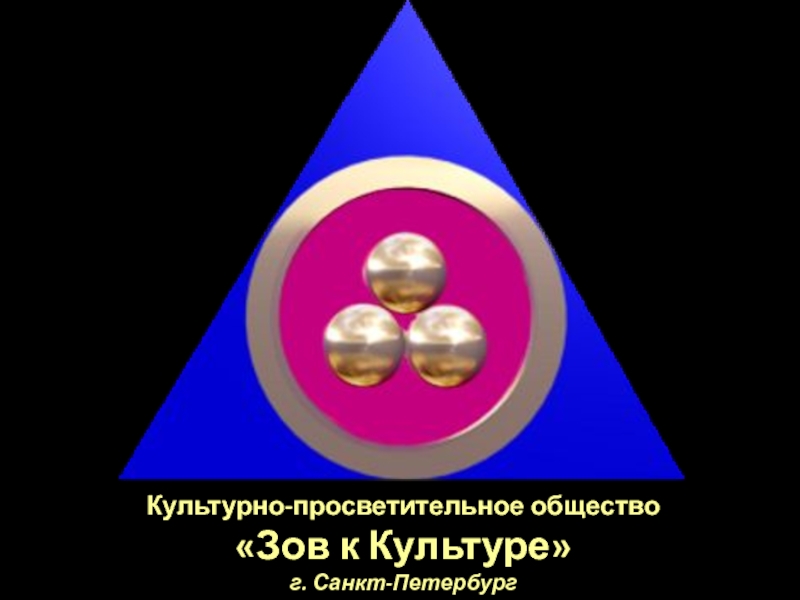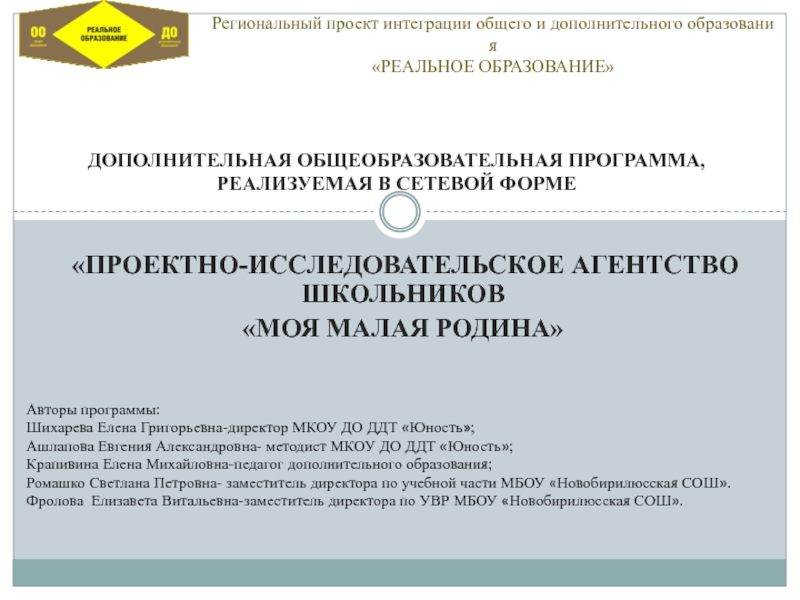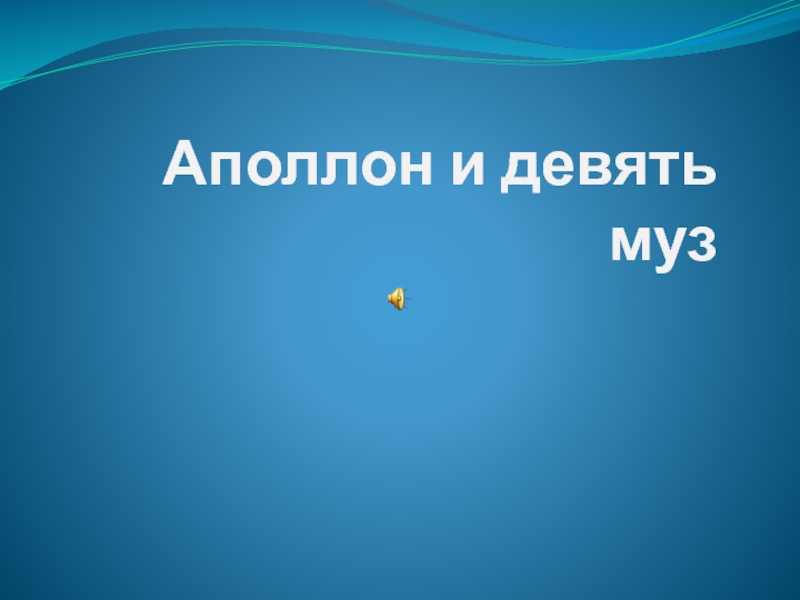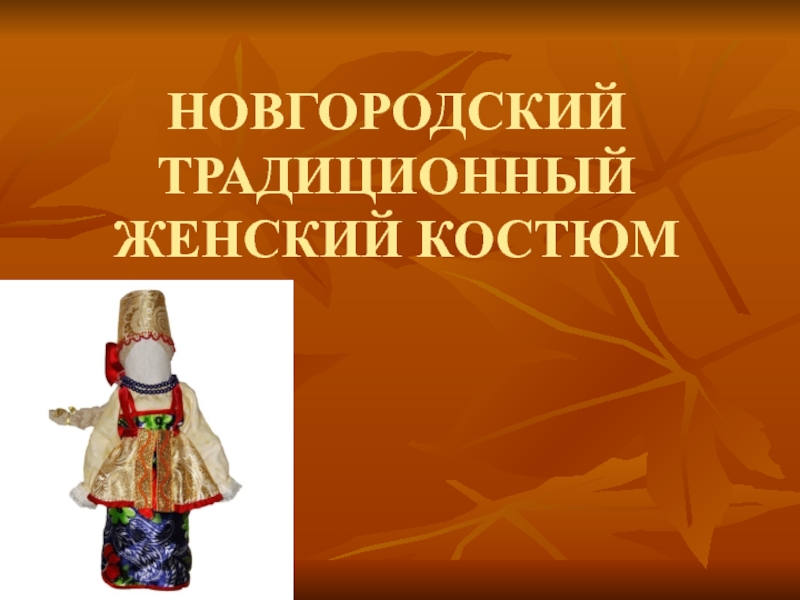- Главная
- Разное
- Дизайн
- Бизнес и предпринимательство
- Аналитика
- Образование
- Развлечения
- Красота и здоровье
- Финансы
- Государство
- Путешествия
- Спорт
- Недвижимость
- Армия
- Графика
- Культурология
- Еда и кулинария
- Лингвистика
- Английский язык
- Астрономия
- Алгебра
- Биология
- География
- Детские презентации
- Информатика
- История
- Литература
- Маркетинг
- Математика
- Медицина
- Менеджмент
- Музыка
- МХК
- Немецкий язык
- ОБЖ
- Обществознание
- Окружающий мир
- Педагогика
- Русский язык
- Технология
- Физика
- Философия
- Химия
- Шаблоны, картинки для презентаций
- Экология
- Экономика
- Юриспруденция
Culture of Kazakhstan презентация
Содержание
- 1. Culture of Kazakhstan
- 2. Culture Of Kazakhstan
- 3. The Kazakh people are rich in traditions.
- 4. Traditionally every guest is offered Kazakh cuisine
- 5. The women's national costume consists of a
- 6. Kazakh music and musical instruments: The Kazakhs
- 7. Nauryz (Islamic New Year) is one of
- 8. National games: these are usually performed on
- 9. National dishes and meals Maldy soy
- 10. Other games are like Sadak, sadak, kuirshak
- 11. Thanks For Your Attention
Слайд 3The Kazakh people are rich in traditions. From birth through old
age and death, every step of their lives has historically been marked with celebration. Even their funeral ceremonies have their own special symbolism. These traditions include being respectful to old people; being patriotic to the motherland; being honest; and learning to love mankind.
Слайд 4Traditionally every guest is offered Kazakh cuisine at the dastarkhan (the
low table) in a yurt.The yurt is one of the most sensible types of movable house. It is a comfortable and practical home, ideally suited to local conditions and ways of life - one of the greatest inventions of the Eurasian nomads.
Слайд 5The women's national costume consists of a white cotton or colored
silk dress, a velvet waistcoat with embroidery and a cap or a silk scarf. Elderly women wear a hood made of white cloth with a hole for the face (the kimeshek). Brides wear a tall pointed, richly decorated hat, topped with feathers (saukele).
Слайд 6Kazakh music and musical instruments: The Kazakhs love the art of
wordplay and their akyns (poets), who improvise at public competitions (aitys) accompanied by Kazakh stringed musical instruments: the dombra or the kobyz.
Слайд 7Nauryz (Islamic New Year) is one of the biggest holidays in
Central Asia. In Kazakhstan it is celebrated on the day of the spring equinox, March 22. On that day, the streets of villages and towns are transformed. Guests are hosted in beautiful yurts with the traditional Nauryz kozhe dish made of seven traditional ingredients. People respecting this nearly month-long holiday forgive each others' debts and offences.
Слайд 8National games: these are usually performed on horseback and are an
opportunity to witness the Kazakhs' outstanding riding skills. Kazaksha kures (Kazakh wrestling), baiga (horse racing over 25, 50 or 100 km), kokpar (a sort of polo game played with a dead goat), kyz-kuu (catch the girl) and alty bakan (six-pole swing).
Слайд 9National dishes and meals
Maldy soy (Slaughtering)
Uitip alu - Pitching Poorer families
couldn't afford to slaughter a horse or a cow
Pisiru
Saktau - preservation or storage Kazakhs were real masters in preserving meat
Musheleu, zhilikteu - cutting a carcass to pieces and cutting the marrow bones.
Pisiru
Saktau - preservation or storage Kazakhs were real masters in preserving meat
Musheleu, zhilikteu - cutting a carcass to pieces and cutting the marrow bones.
Слайд 10Other games are like
Sadak, sadak, kuirshak (Arrow, Arrow and the Doll)
Sokyrteke
(Blind wild goat)
Belbeusok (hit with a sash)
Kuzet (Guarding)
Ak Suiek (white bone)
Altybakan (a swing with six poles)
Kyz Kuu (Catch up with a girl)
Baiqe (horse race)
Tenge alu (picking tenge from the ground on a horse)
Belbeusok (hit with a sash)
Kuzet (Guarding)
Ak Suiek (white bone)
Altybakan (a swing with six poles)
Kyz Kuu (Catch up with a girl)
Baiqe (horse race)
Tenge alu (picking tenge from the ground on a horse)


